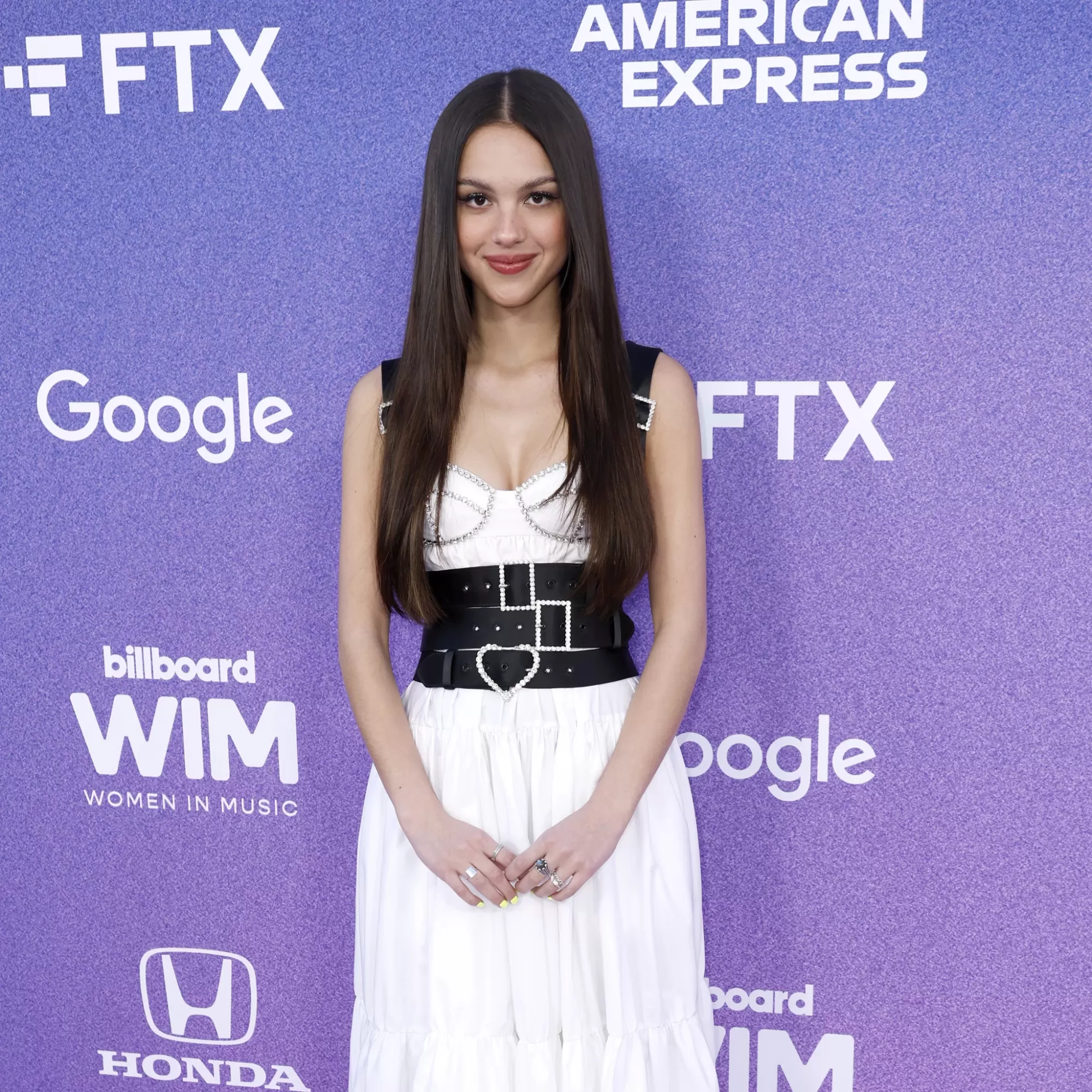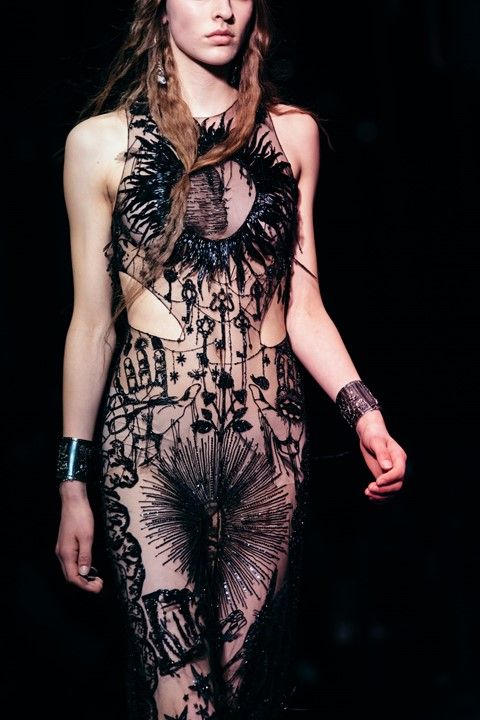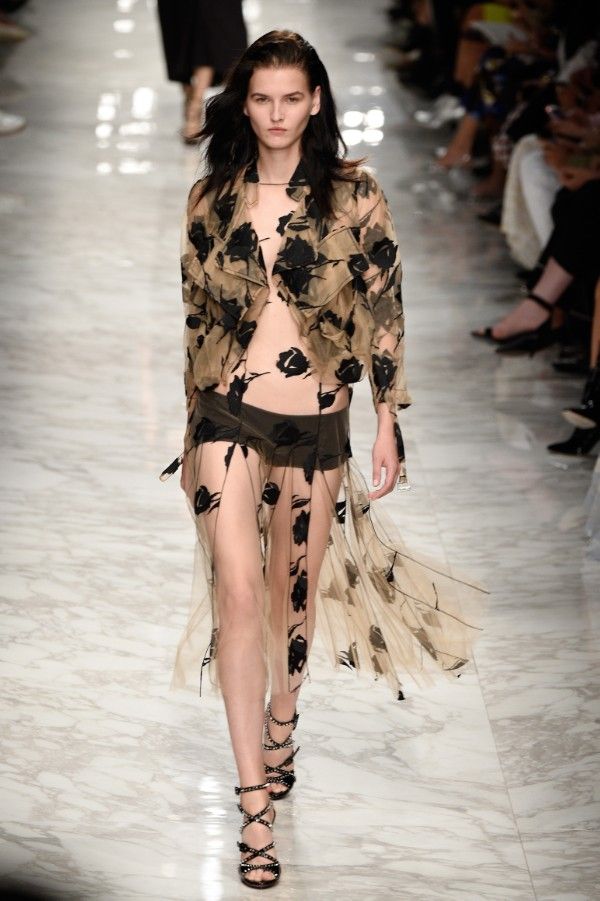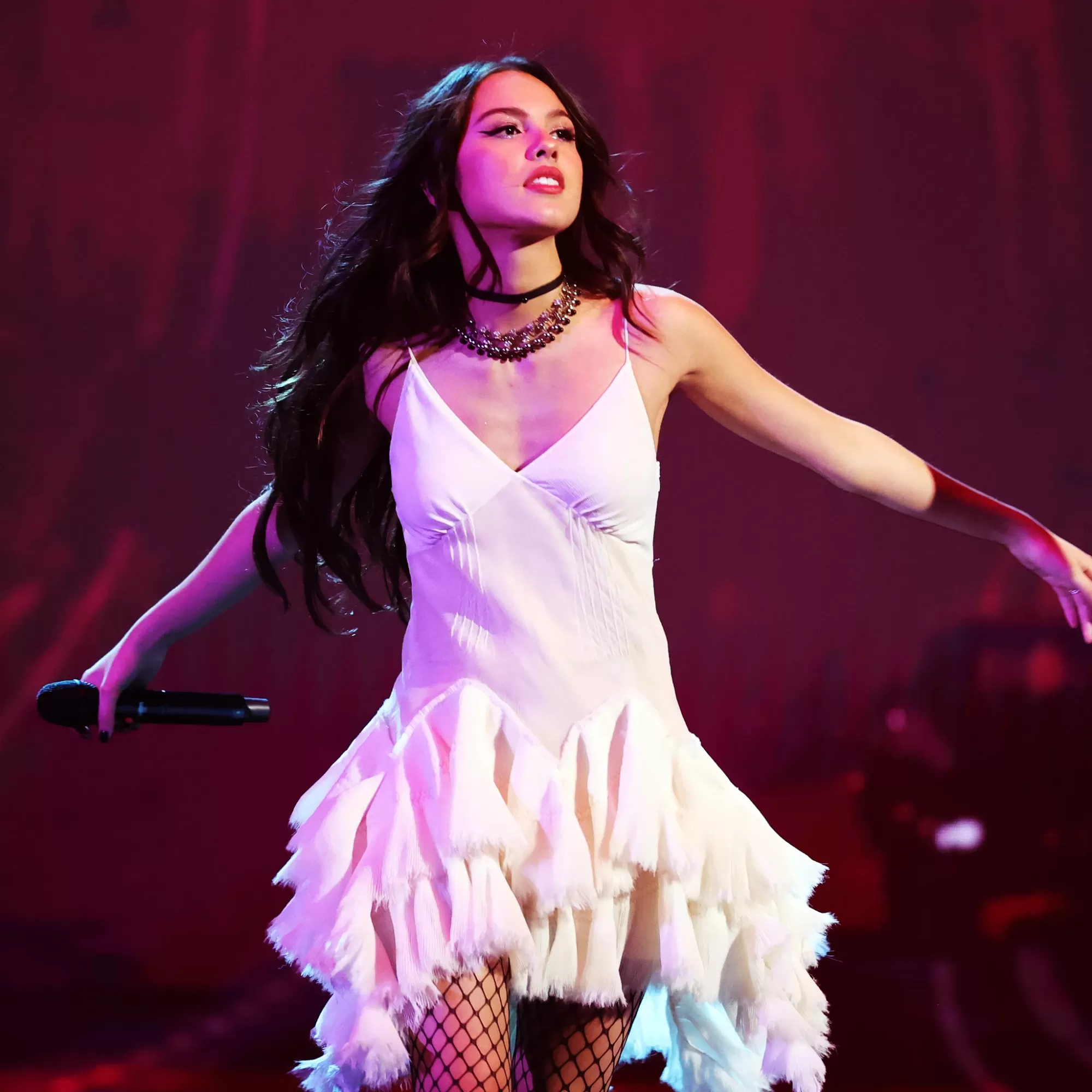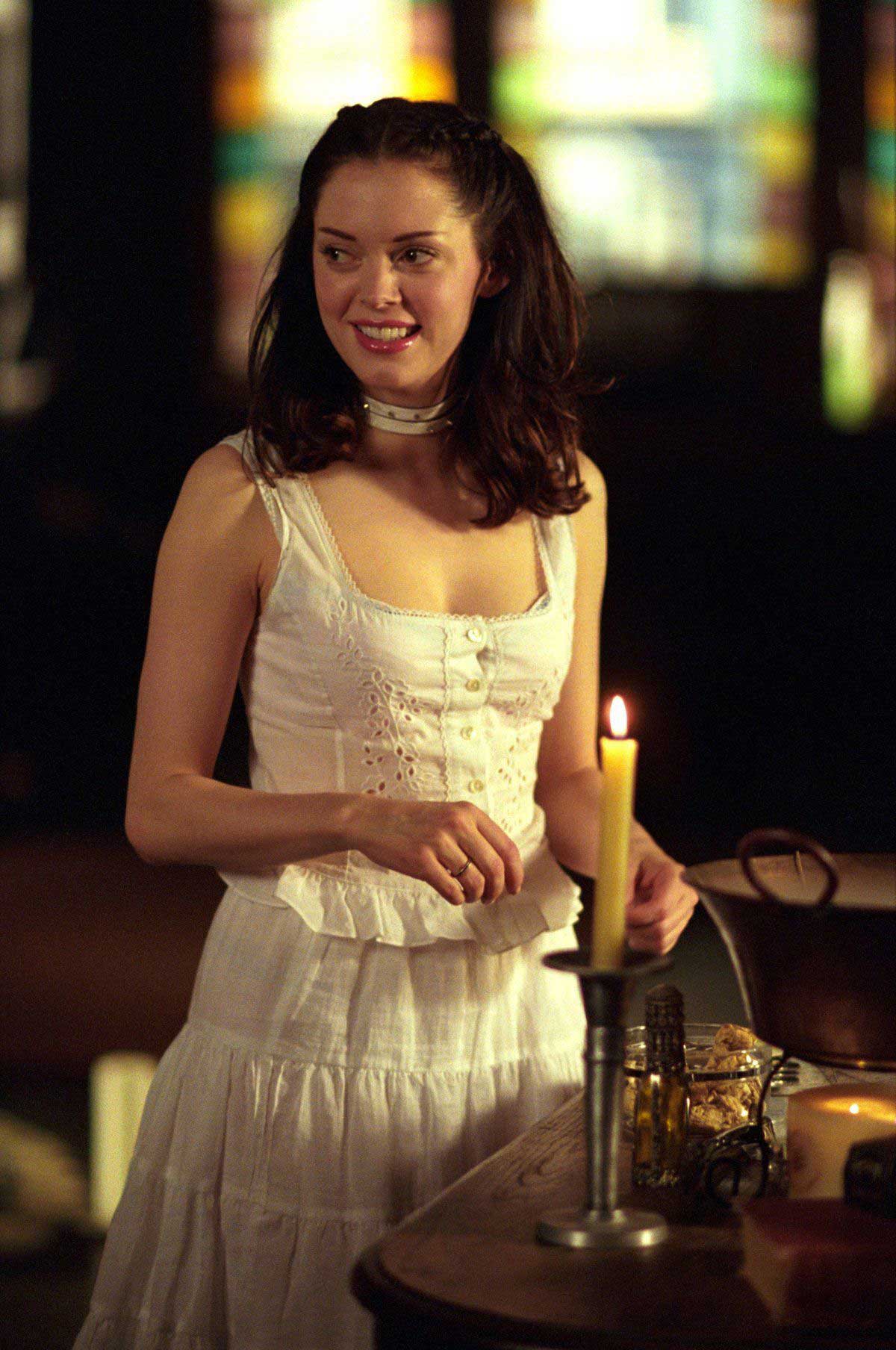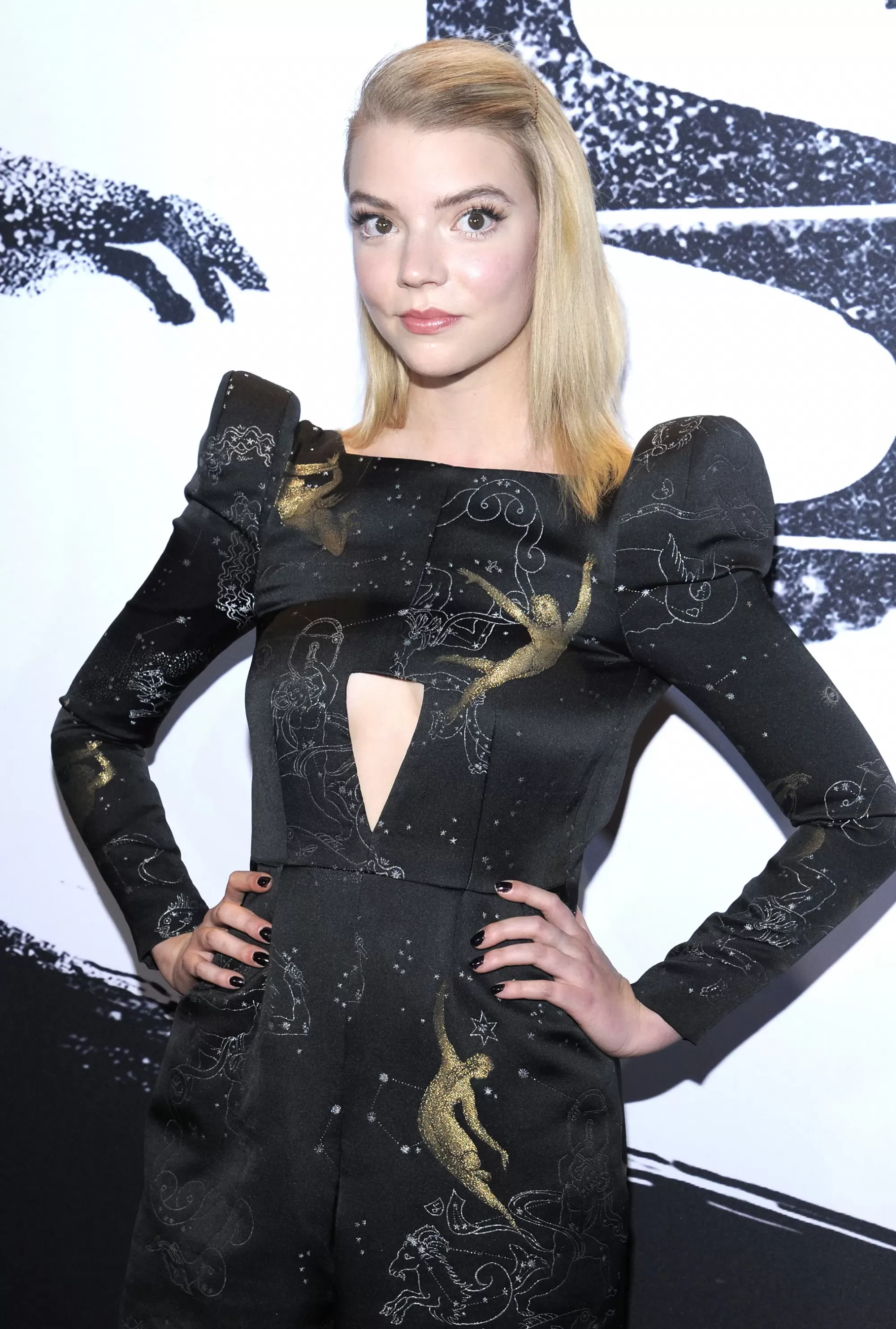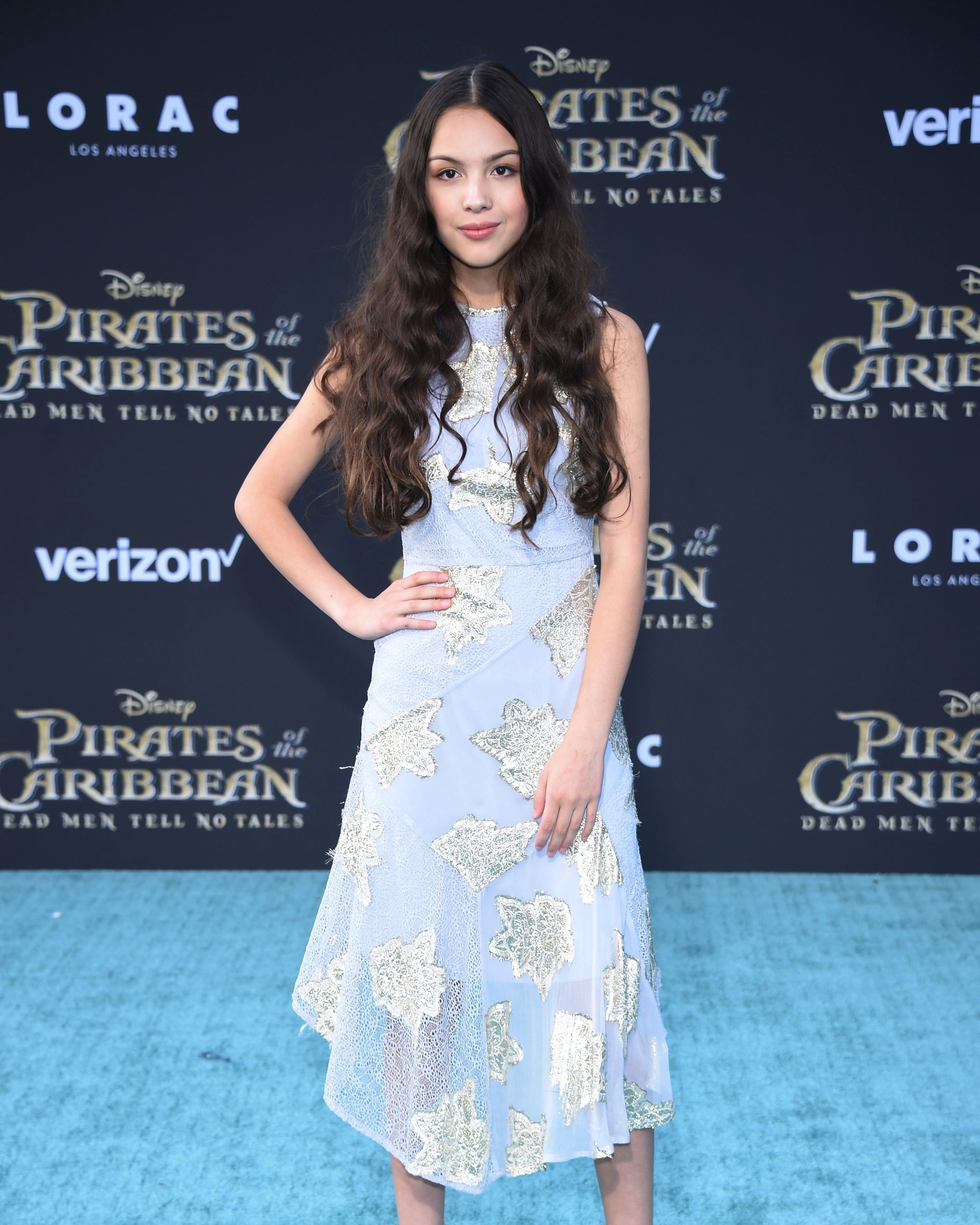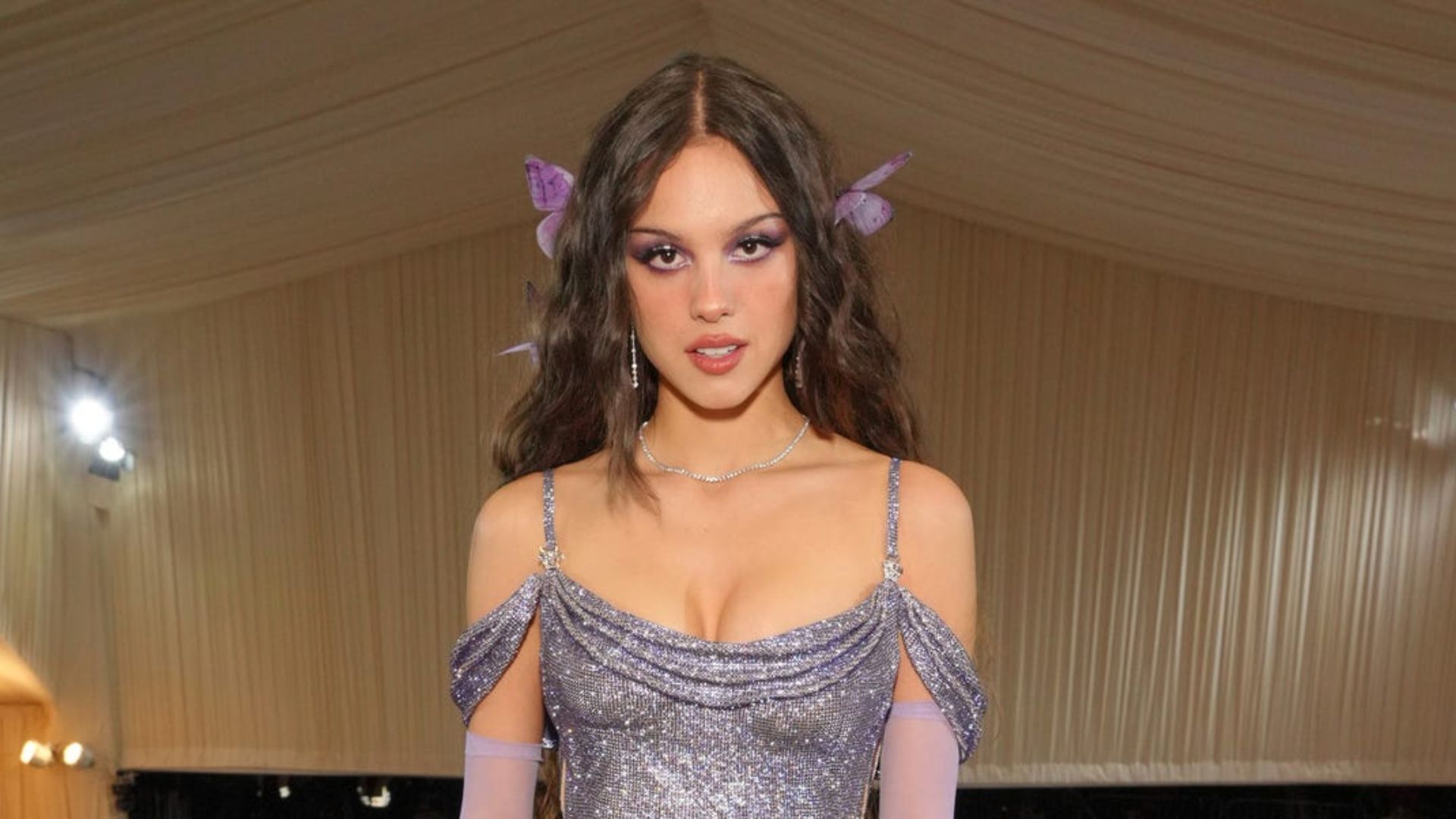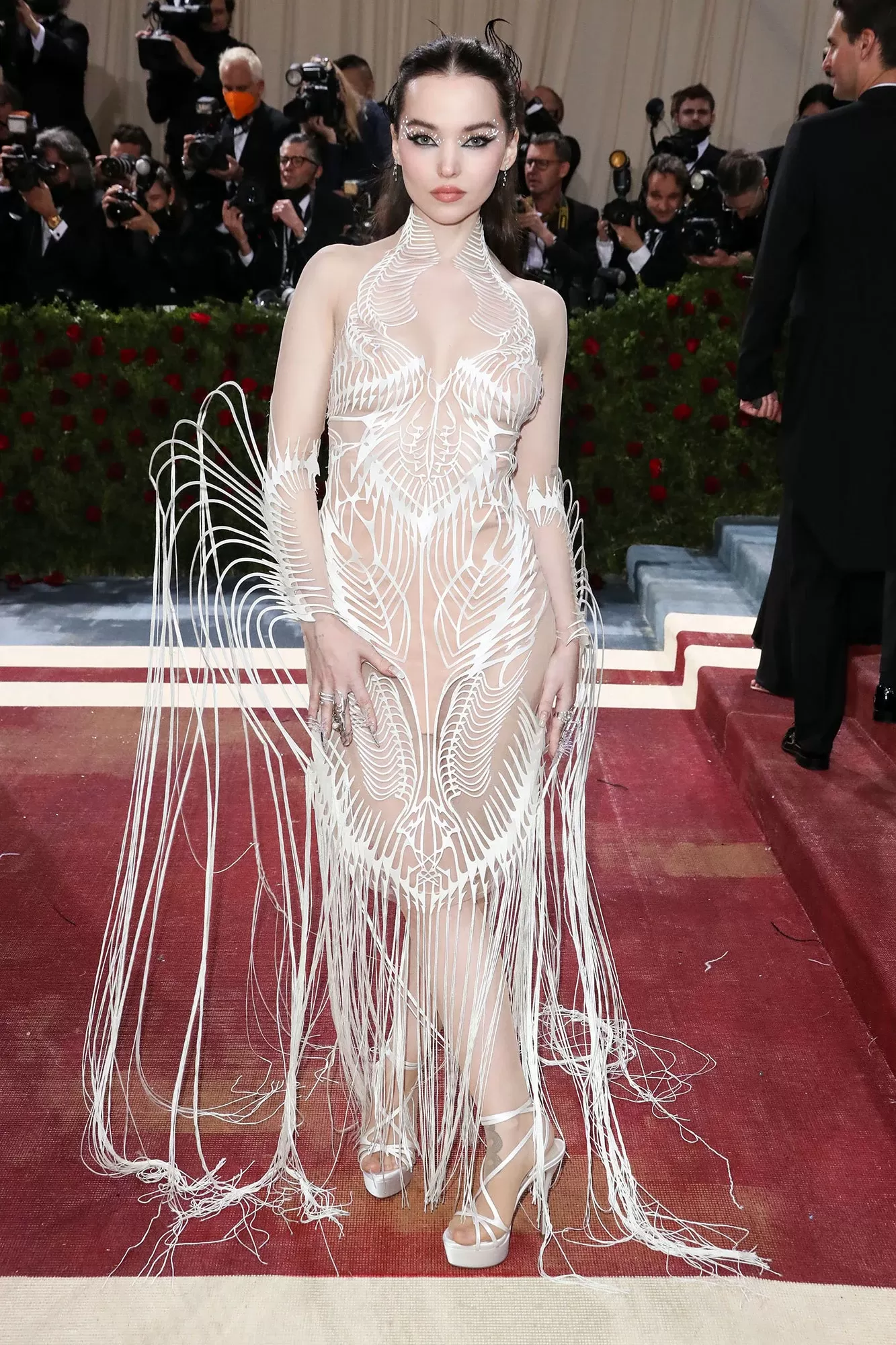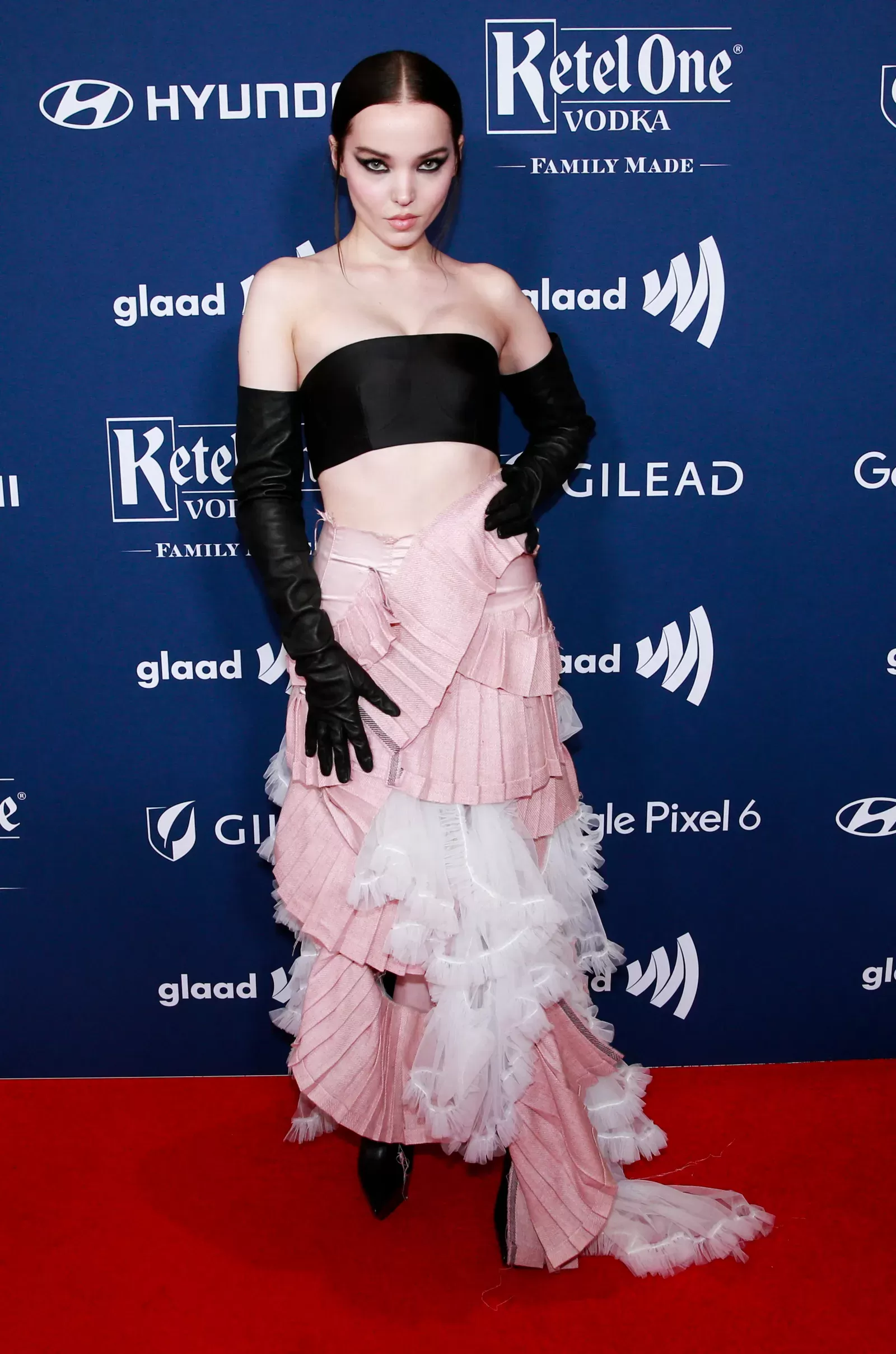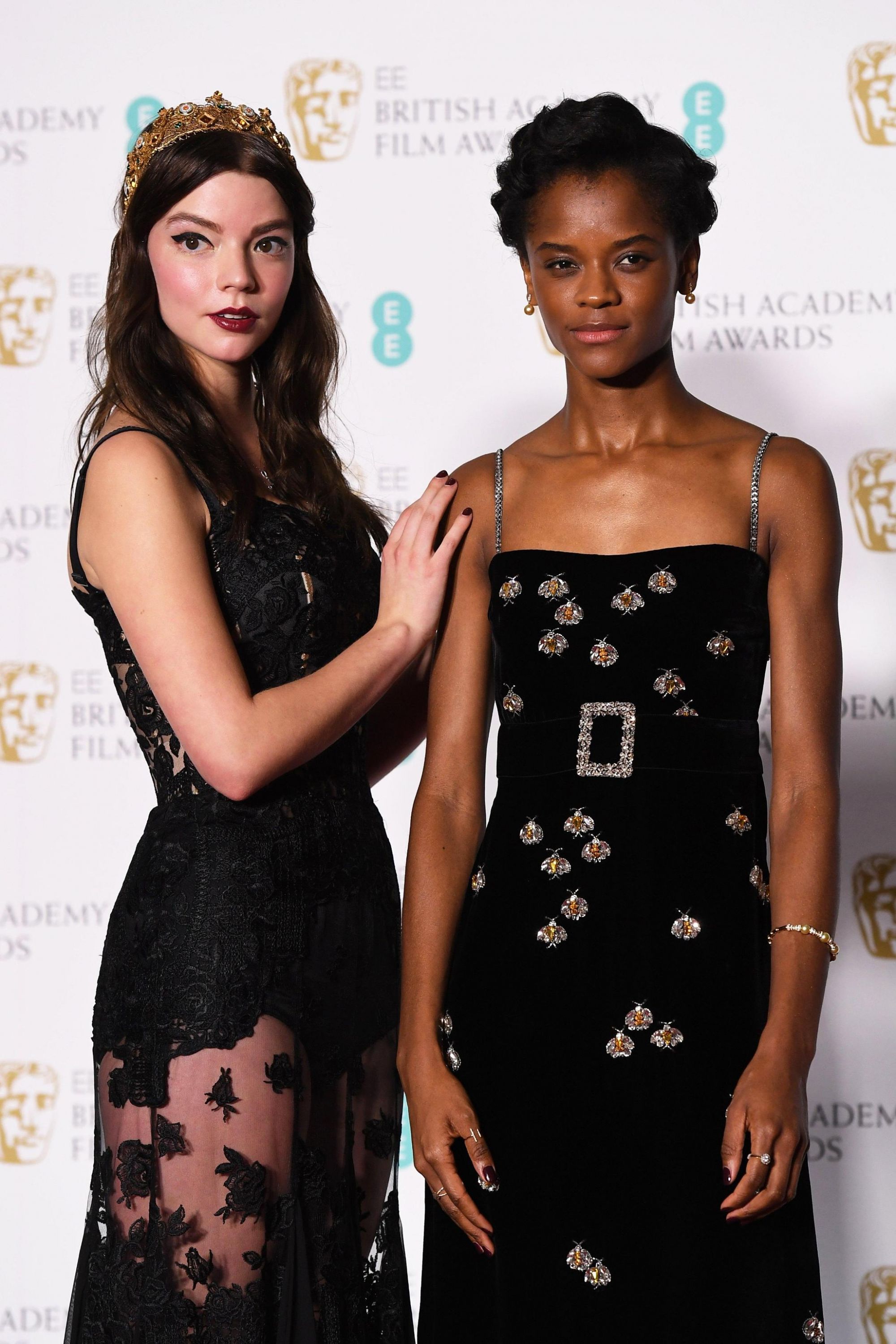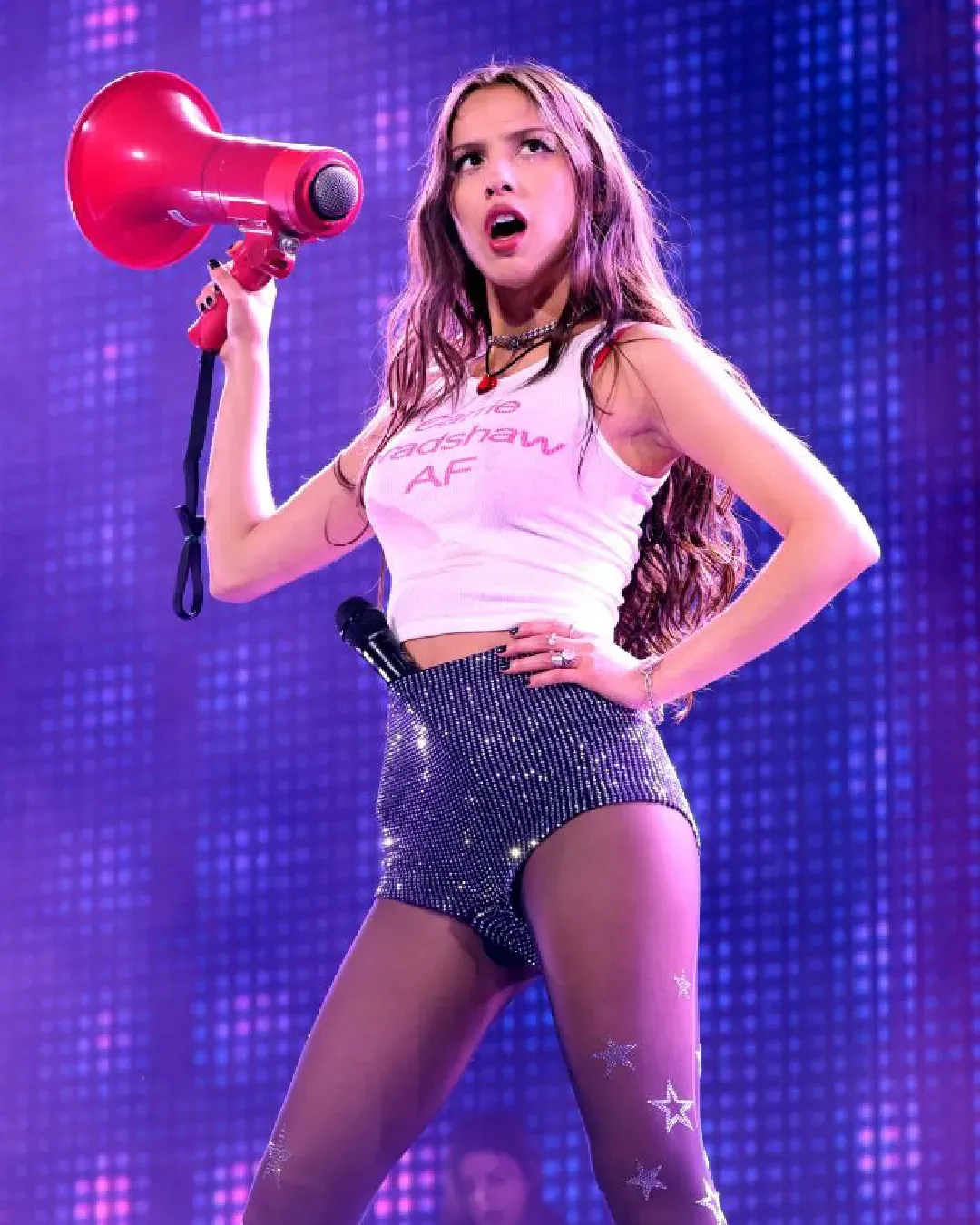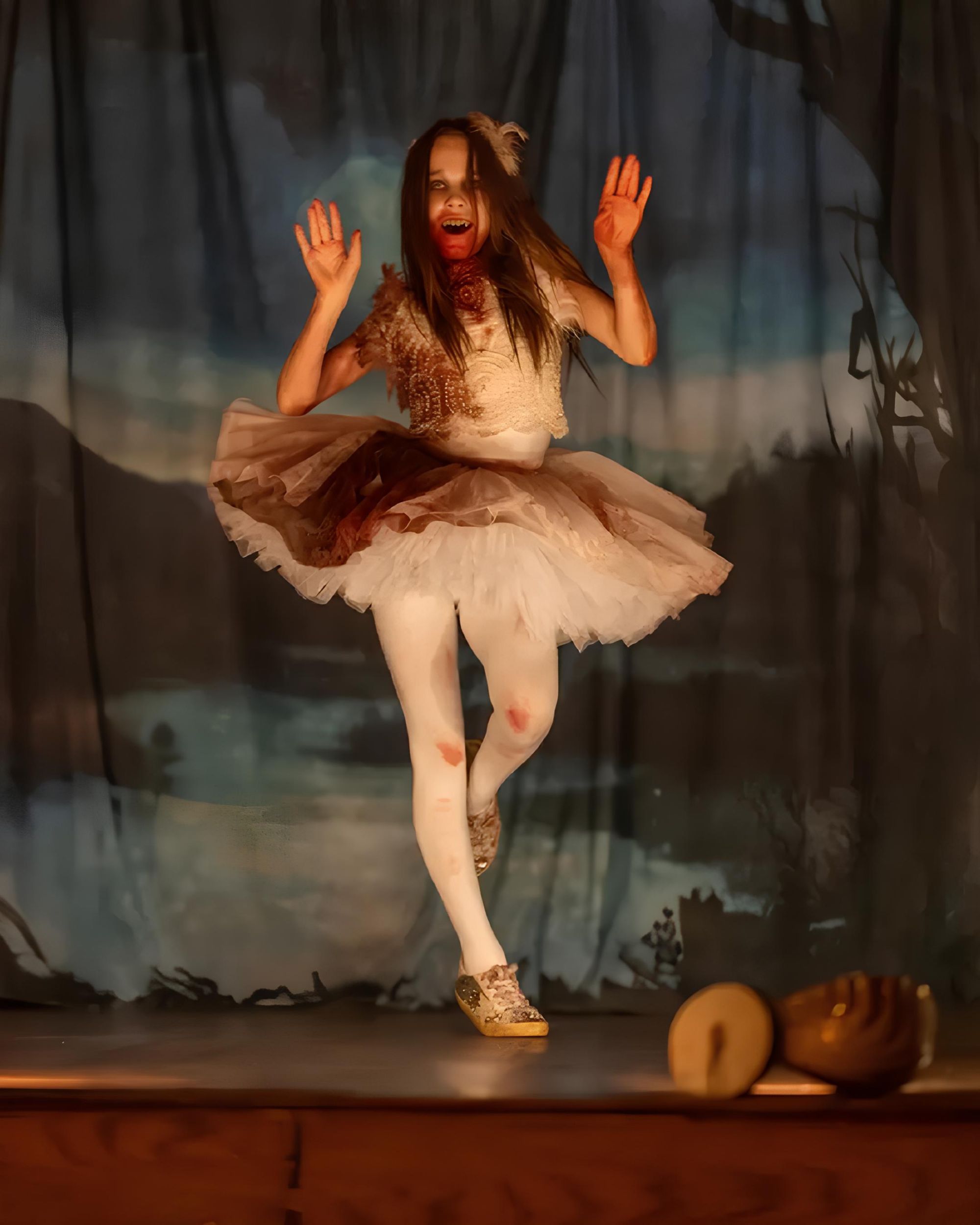
Whimsigothic: the new occult trend in pastel colours Wicca culture goes viral on TikTok
Tremble, tremble, the witches are back... On TikTok, launching a hashtag with more than 10 million views. #Whimsigothic comes from the collision of the words "whimsical" and "gothic", and is a term coined by the co-founder of the Consumer Aesthetics Research Institute, Evan Collins. This particular appellation labels a new aesthetic current that combines reminiscences of the 1980s gothic style with the world of fairy tales, inspired by the productions of Tim Burton, Guillermo del Toro and the Brothers Grimm. Literally, a 'whimsical Gothic' style with bohemian overtones, which sets aside total black to make room for floral corsets, chokers embellished with stones, lace and multi-coloured velvets. The new Gothic is a combination of Florence and The Machine's outfits, Lisa Bonet's allure, Julia Fox's grotesque eye-liner and the romantic/esoteric art current of Francisco Goya and John Anster Christian Fitzgerald. But whimsigothic also means design and translates into candles, tarot cards, stained glass windows, art nouveau furniture, crystal balls, and countless furnishings and knick-knacks that combine polychrome textures with pastel shades. The new goth aesthetic plays on contrasts and juxtaposes all kinds of elements that evoke the imagery of a creepy fairytail, from unicorn figurines to creepy voodoo dolls, even better if handmade and personalised.
The witches of TikTok come together in the name of an eccentric and magical style, rooted in the occult and developing in a playful and evasive dimension, a sort of escape from monotony that also comes to life through the use of tarot cards and crystals. More and more content creators, in fact, have launched modern witchcraft columns - obviously in a soft key - made up of tarot cards, esotericism and spiritual advice, under the hashtag #WitchTok, which to date boasts more than 20B views. Aesthetics and spells therefore go hand in hand and revisit in a contemporary key the teenage-horror scenario of the 1990s, which reached the peak of popularity with TV series such as Buffy the Vampire Slayer and Sabrina Bewitched.
The Gothic movement, from an artistic and architectural point of view, has its roots around the mid-12th century and is visually translated into opulence and verticality, into a spiritual impulse towards the divine. With the development of Gothic/Romantic literature and the beginning of the Victorian era, Gothic fashion also began to spread, consisting of corsets, laces and layers. From the chastened silhouettes of the early 20th century, gothic clothing radically evolved into the dark-goth currents of the 1980s, which combined fashion with niche music played at the Batcave in Soho. Since then, goth fashion has undergone and continues to undergo endless stylistic and cultural influences: from cyber goth, inspired by rave culture and the cyberpunk wave, to pastel goth, which plays with contrasts and the concept of 'yami kawaii', translated as 'sick and cute'. But if, until a few years ago, goth fashion delineated a well-circumscribed stylistic current, today this trend has acquired decidedly more pop nuances, to the point of becoming one of the most viral trends of the moment. And while five years ago the biggest spokeswomen for goth fashion were Amy Lee, singer of Evanescence, and Dita Von Teese in her "Marilyn Manson Era", today the stars at the top of the whimsigothic aesthetic are the likes of Olivia Rodrigo, with her glittery dress and butterfly clips on the Met Gala red carpet, the delicate dark-bohemian of Anya Taylor Joy and the Instagrammable looks of former Disney star Dove Cameron.
The new dark fairy style finds its core in the story of The Black Swan and its 2010 film adaptation, which combines a dichotomy of contrasts into one personality, between light and dark, sophistication and brutality, rigour and irrationality. The evolution of a style is often determined by its coupling with opposing styles, and just as the Wicca movement - and most neo-pagan currents - believe in the dualism between God and Goddess, so whimsigothic plays with contrasting concepts, combining leather kinkwear with clouds of chiffon, blood-red make-up with embroidered babydolls, celestial atmospheres with black magic.










































